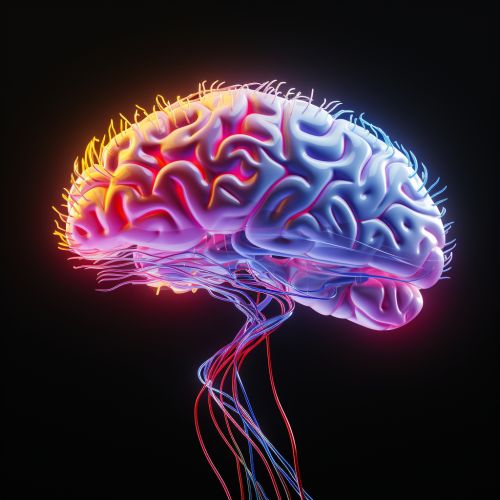Cognitive Neuroscience of Cognitive and Spatial Reasoning
Introduction
Cognitive neuroscience is a branch of neuroscience that explores the biological processes that help us to understand the world around us and make decisions. It is a multidisciplinary field that combines aspects of psychology, computer science, philosophy, neurobiology, and others to study how the brain enables cognition. This article focuses on the cognitive neuroscience of cognitive and spatial reasoning, two critical aspects of human cognition.
Cognitive Reasoning
Cognitive reasoning refers to the process of thinking and understanding through a series of mental activities, including perception, memory, judgement, and decision-making. It is a complex process that involves the integration of various cognitive functions to form thoughts, solve problems, and make decisions.
Cognitive neuroscience studies cognitive reasoning by examining the neural mechanisms that underlie these cognitive functions. It uses various neuroimaging techniques, such as functional magnetic resonance imaging (fMRI) and positron emission tomography (PET), to visualize brain activity during cognitive tasks.
Neural Basis of Cognitive Reasoning
The prefrontal cortex, particularly the dorsolateral prefrontal cortex (DLPFC), is a critical region for cognitive reasoning. It is involved in executive functions, such as working memory, cognitive flexibility, planning, inhibition, and abstract reasoning. The DLPFC is connected to various other brain regions, forming a network that supports cognitive reasoning.


Other brain regions involved in cognitive reasoning include the anterior cingulate cortex (ACC), which is involved in conflict monitoring and error detection, and the parietal cortex, which is involved in attention and spatial processing.
Spatial Reasoning
Spatial reasoning, also known as spatial cognition, refers to the ability to understand, reason, and make decisions about spatial relationships. It involves visualizing and manipulating objects in the mind's eye, understanding the layout of an environment, and navigating through space.
Cognitive neuroscience studies spatial reasoning by examining the neural mechanisms that underlie these spatial abilities. It uses neuroimaging techniques to visualize brain activity during spatial tasks, such as mental rotation and spatial navigation.
Neural Basis of Spatial Reasoning
The hippocampus is a critical region for spatial reasoning. It is involved in spatial memory and navigation, and it contains place cells, which fire when an individual is in a specific location in the environment. The hippocampus is connected to various other brain regions, forming a network that supports spatial reasoning.


Other brain regions involved in spatial reasoning include the parietal cortex, which is involved in spatial attention and perception, and the entorhinal cortex, which contains grid cells that fire in a grid-like pattern as an individual moves through space.
Cognitive and Spatial Reasoning in Cognitive Neuroscience
Cognitive neuroscience has provided valuable insights into the neural mechanisms of cognitive and spatial reasoning. It has shown that these cognitive functions are supported by complex neural networks that involve multiple brain regions. Moreover, it has revealed the dynamic nature of these networks, which can adapt and reorganize in response to experience and learning.
